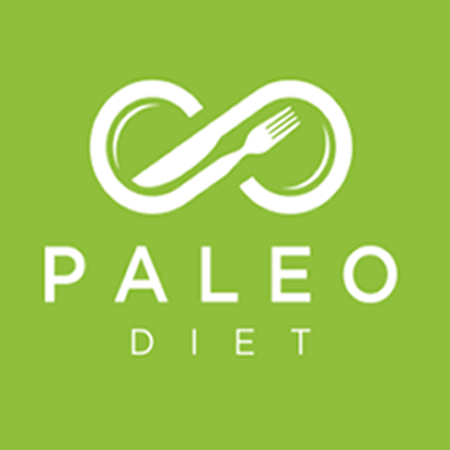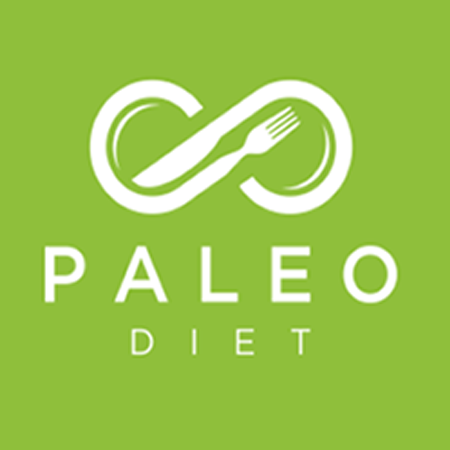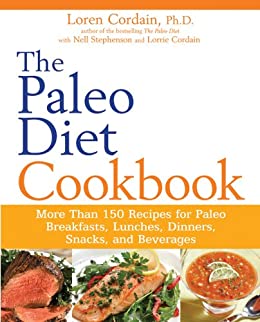
The paleo diet is very well-liked by today's health-conscious population. This diet has many health benefits, such as reducing whole food groups, increasing fiber, weight loss, and antiinflammatory properties. Let's take a closer view at what to avoid as well as tips for following the paleo diet. Continue reading to find out more. This article will help you lose weight and stay on track to your goals.
Restricting whole food groups
One of the most important questions about the paleo lifestyle is whether eliminating processed foods will be beneficial for your health. There are benefits to eliminating processed foods. There are some studies that suggest that eating less whole foods can have a positive impact on your health. Study after study concluded that paleo-eaters had more good bacteria in their guts when they followed it for one month. These organisms were found in much higher numbers in the guts of traditional hunter-gatherers.
High fiber
It is a great way of getting more nutrition from your food. Fruits and vegetables are loaded with essential vitamins and minerals. Whole fruits are rich in fiber, but the juice is removed. Fruit juices are high sugar. Juices can be a good way to get fiber in your diet.
Anti-inflammatory

Paleo diet's anti-inflammatory effects are impressive. These diets have been shown by studies to decrease the risk of certain cancers and obesity. This diet has been shown to reverse autoimmune diseases. The Autoimmune Protocol is a restrictive diet that targets inflammation in the gut and may prove to be very effective against autoimmune disease.
Weight loss
The paleo diet is well-known for its health benefits in weight loss. It encourages eating plenty of fresh fruits & vegetables, lean meat, and good quality fats. Too much sugar can hinder weight loss efforts. Sugary drinks can be harmful because they increase calories and don't provide essential nutrients. Moreover, high amounts of added sugar can increase your chance of developing heart disease. Fresh vegetables and fruits, however, have natural sugars that provide valuable nutrients.
Diabetes
Research has shown that a combination diet of Paleo and diabetes treatment may help improve blood glucose control. However, a paleo diet isn't for everyone, as many processed and low-quality foods are still included. A diet is not meant to be a one-size-fitsall solution. There are exceptions. Long-term studies will determine if a diet is safe for people with diabetes.
Chronic disease management
There are several versions of the Paleo diet, but generally speaking, all of them eliminate grains, legumes, and processed foods. Those who want to incorporate dairy products into their daily diet should look for grass-fed or raw varieties. For those who are adamant about avoiding fat, they can also eat some nuts and seeds. Paleo also allows for cheat meals.
Alcohol

The Paleo diet emphasizes removing processed foods and toxins from the diet. Alcohol is both processed food and toxin. Alcohol is part of many peoples' lives, and it has been proven to have multiple health benefits. Moderate alcohol use can reduce stress, improve endothelial function as well as reduce post-prandial glucose. Alcohol can also cause liver problems.
FAQ
Are there any free online cooking classes?
Many websites offer free cooking classes. You can search YouTube for videos that teach you how to prepare different meals. You may have access to thousands upon thousands of recipes on some websites. Although you will have to pay a monthly fee for these sites, you can always try them for free for 30 consecutive days.
What are basic cooking skills?
Basic cooking skills include being able to read and measure ingredients, prepare food safely, clean up after yourself, and cook. If you want to be able to cook for yourself, then you need to learn these basic skills. You can also save money by cooking at home.
How do I become a Chef?
There are many ways to become a chef. Start by enrolling in a class at a vocational school or community college. Then, look into attending culinary school. A paid internship is another option.
What is the average time it takes to become a chef? What is the average career path?
Becoming a chef takes approximately five years. During this time, you will study basic cooking techniques and gain experience working as a kitchen assistant. After your training is complete, you will be eligible to apply for a job as a sous chef, executive chef, or line cook. A chef can earn between $25,000 and $60,000 annually.
How do I get hired as chef?
You must complete a degree in culinary arts to be able to apply for a job at the table as a professional chef. You can then join a professional group such as ACF. This organization offers certification exams and networking opportunities.
Is there any special equipment that is required to cook?
To learn to cook, you don’t need to have any special equipment. However, the right tools can make it easier to cook. You could, for example, use a spoon to make pasta or a whisk to whip the egg whites into stiff peaks. Having the right tools can make cooking less daunting and allow you to get started faster.
What ingredients do I need to purchase to cook?
You don’t always need to buy the ingredients. Premade sauces can be found in most grocery stores. If you are looking to save money, premade meals may be a good option.
Statistics
- In the United States, the category is estimated at $23.2 billion annually and is growing faster than the market. (washingtonpost.com)
- You'll be amazed that over 90% of CIA students receive scholarships and grants to finish their culinary studies. (ischoolconnect.com)
- According to the BLS, chefs earn $58,740 a year. (learnhowtobecome.org)
External Links
How To
How to cook a steak
The right cooking method for any type of meat depends on its thickness. Thicker steaks cook best at low heat. Thicker steaks require higher temperatures.
You should also ensure you don't overcook them because they'll lose flavor. Remember to take your steak out of the oven when it's done. You won't burn.
The size and desired doneness of the steak will affect the cooking time. Here are some general guidelines.
Medium Rare: Cook until medium-rare, which is when the internal temperature reaches at least 145degF (63degC). This process takes between 3 - 5 minutes per side.
Medium: Cook the meat until it reaches 160°F (71°C). This takes approximately 6 minutes per side.
When done well, cook until the internal temperatures reach 180°F (82°C). This usually requires 8 to 12 minutes per side.